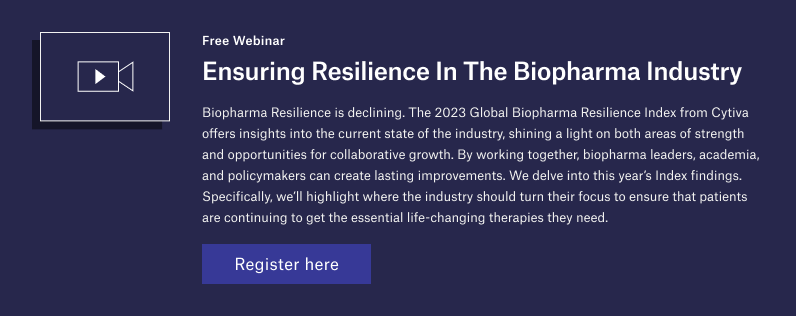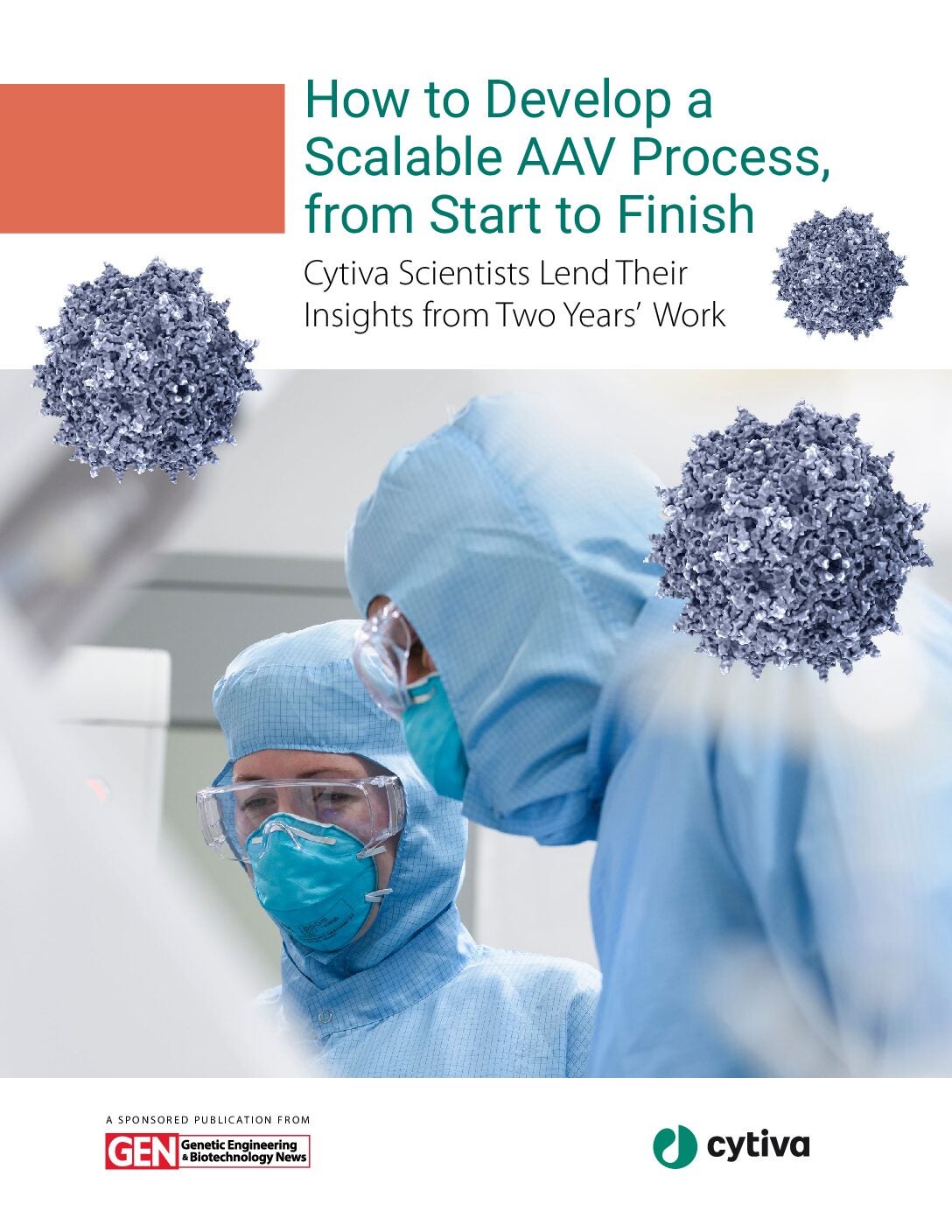
In the mid-20th century, the successful development and large-scale production of vaccines for a range of life-threatening diseases completely revolutionised the face of global health. Since that golden era, however, low profit margins and greater regulatory scrutiny caused the market to contract. North America, for example, has seen a significant decline in the number of vaccine manufacturers over recent years.
But the landscape is changing again. Ground-breaking developments in cell and gene therapy are seeing the application of viral vectors as an important platform for vaccines and therapeutic applications. There is now a shift towards high-value yet low-volume vaccines, presenting a new set of manufacturing challenges.
These new trends, along with the dynamism displayed in last year’s high-speed race for the Covid-19 vaccine (which also led to the first ever approvals for mRNA vaccines), have reinvigorated a stagnating industry. A recent report from Allied Market Research forecasts the vaccine market to reach $55.15bn by 2027, registering a CAGR of 6.6% from 2020.
Viral vector and therapeutic vaccines
Viral vector-based vaccines will see particularly fast growth, with many currently in clinical trials. In addition, GlobalData’s Biopharmaceutical Outsourcing Report, published March 2021, revealed there are 3,171 gene therapy or recombinant vector vaccine pipeline products in active development (between the discovery and pre-registration stages). Of these, 434 are vaccines.
According to the report, the industry is likely to struggle to meet the viral vector demands needed for the manufacturing of these looming NDAs. The role of viral vectors in the AstraZeneca and Johnson & Johnson Covid-19 vaccines further exacerbated the lack of manufacturing capacity in this area.
Therapeutic vaccines, such as oncolytic viruses, are also poised for growth. The first landmark in this field was T-VEC, or IMLYGIC, an attenuated herpes simplex virus for the treatment of unresectable cutaneous, subcutaneous, and nodal lesions in melanoma patients, approved by the FDA in 2015.
Manufacturing challenges
Exciting as they are, these innovative biologics bring many production challenges into focus, particularly because the processes used in today’s vaccine production were developed many years ago and can be difficult to scale up. Because viral vector-based vaccines target smaller patient populations, they come at a higher price, making it imperative to explore less costly production methods.
One issue with legacy processes is that they are not based on platform technologies, instead relying on old cell substrates or eggs. Animal origin-free cell culture media is usually preferred, although success is dependent on the surface the anchorage-dependent cells grow on. Previously, adherent cells were often grown in roller bottles. These were found difficult to scale up, meanwhile regulatory authorities recently discouraged their use due to contamination concerns. The use of microcarriers, which offer high volumetric output through a maximised surface-to-volume ratio, has become the preferred alternative, offering enhanced production capacity and process scale-up.
Another challenge with early vaccine processes is the use of centrifugation or size-exclusion chromatography for purification and polishing steps. Again, the problem lies in their scalability. The issue can be addressed, however, through a multimodal chromatography resin, such as Cytiva’s Capto™ Core 700, which allows efficient capture of contaminants while target molecules are connected in the flowthrough.
Alongside these individual challenges and solutions, a bigger conundrum is arising. As pressure mounts in the vaccine industry, the question every company is asking is: should we invest in further capacity ourselves, or turn to a CDMO for support?
Buy or build?
GlobalData’s New Drug Approvals and their Contract Manufacture report, published April 2021, highlights the importance of CDMOs in the manufacture of biologics, particularly among smaller cap companies wishing to avoid the large capex investments needed to meet demand. The first question pharma companies must ask themselves is whether they have the capacity or capital to support the vaccine’s production.
Outsourcing tends to occur most frequently when a drug’s manufacture requires more specialised capabilities or expertise, hence why CDMOs are shown to be increasingly involved in the development of innovative products. Pharma companies must ascertain whether they possess the necessary in-house expertise to develop and scale-up a robust manufacturing process for their complex, high-value biopharmaceuticals.
Companies with the capacity, capital and expertise to produce their own vaccines and viral vectors have less need to rely on CDMOs, although there are often situations where larger cap companies still decide to outsource certain projects due to the CDMO’s ability to offer speed and flexibility. Top five pharma company Johnson & Johnson is outsourcing the manufacture of its viral vector-based Covid-19 vaccine to Biological E, for example.
The single-use strategy
When going it alone, an effective way to improve scalability and process economy is through the use of single-use technology (SUT). Most vaccines are manufactured in batches in the range of 100 to 500 liters, which makes SUT ideal. The other advantages of SUT, such as reduced cleaning requirements, improved batch turnaround times, and increased flexibility, also make it an attractive option. Moreover, using SUT facilitates multi-product manufacturing, which is common in the vaccine industry, especially in smaller companies.
When it comes to live virus production, there are further regulatory advantages with SUT, which to some extent can help manufacturers avoid the risk of cross contamination that could come from insufficiently cleaned stainless-steel equipment. Nonetheless, SUT would not work for vaccines that have very harsh process chemistry conditions or for any drug with large-scale demand.
As we enter a new era of vaccine innovation, pharma companies must step up soon in order to meet manufacturing demands. Over the next decade, both SUT and CDMOs will play an increasingly important role in delivering vaccines to market, although the choice of which to go for will depend entirely on the specific details of individual companies’ situations. For a more detailed guide on CDMO collaboration from a leading company in the life sciences industry, download the whitepaper below.
For more articles from Cytiva click HERE




